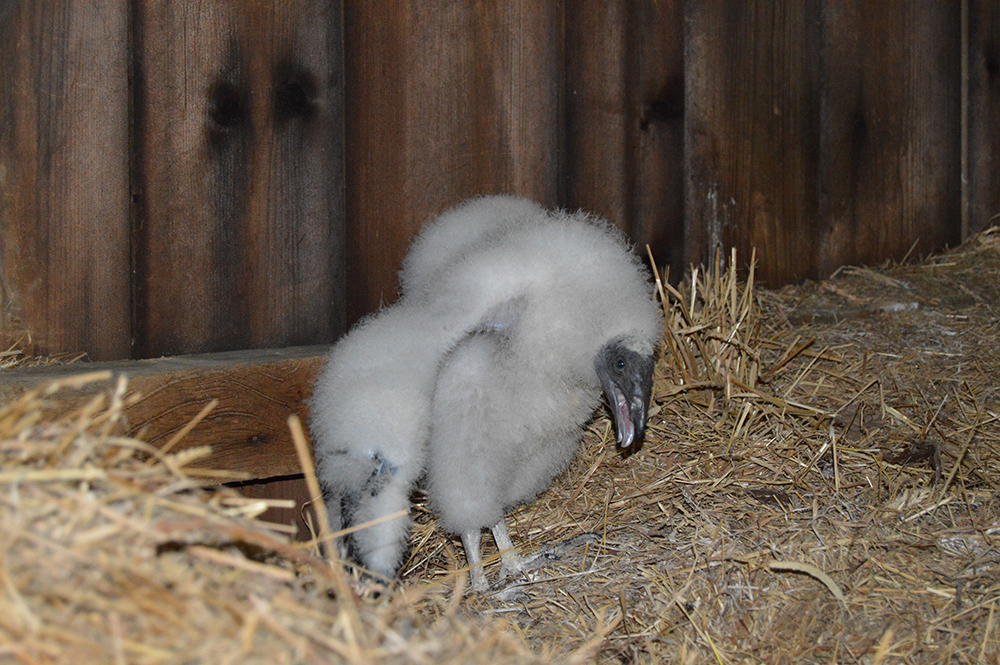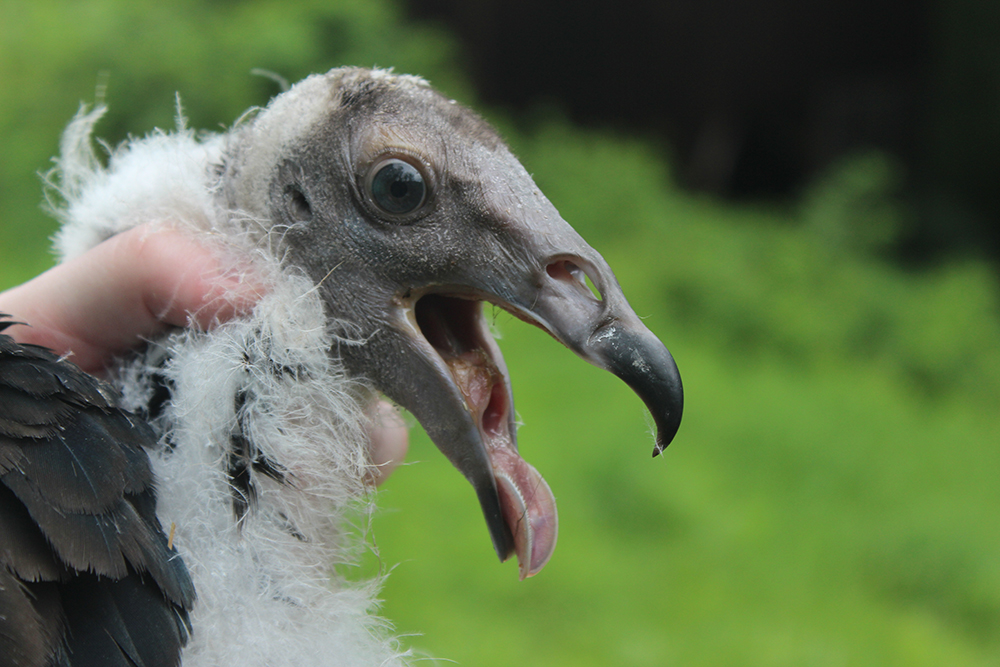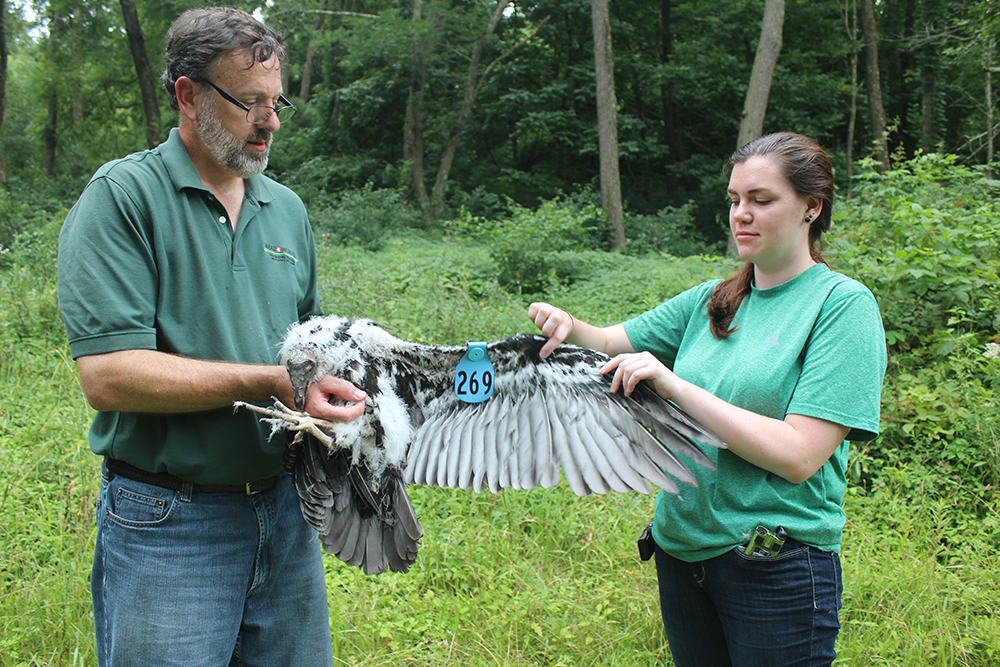Let’s be honest. Do you have a positive response when you hear the word vulture?
Among the nearly 10,000 species of living birds, vultures may have the biggest need for a good public relations campaign. But bear with me, they are actually a fascinating creature, designed for the very specific and very important task of waste disposal. There are seven species of New World vultures but only one is common in Western Pennsylvania. The Turkey Vulture (Cathartes aura) is also sometimes referred to as the turkey buzzard. They are large, dark brown birds with featherless heads and a five-and-a-half-foot wingspan. It’s easy to identify them in flight as they soar high on thermals and rarely flap. They may be distinguished from other large soaring raptors by the way they hold their outstretched wings in a distinct V-shape.
Meadowcroft Rockshelter, with its evidence of people using the site for the past 19,000 years, also provides evidence of the types of animals that were present at the site during prehistory. While no turkey vulture remains were recovered, over 13,000 bird bones were found during archaeological excavations.
In 1824, local resident Joseph Doddridge wrote in his memoir that, “The buzzards, or vultures, grey and bald eagles, ravens…were very numerous here in former times. It was no uncommon thing to see from fifty to one hundred of them perched on the trees over a single carcase[sic] of carrion. All these large carnivorous birds have nearly disappeared from our settlements.”
The turkey vultures have certainly recovered since Doddridge’s time, and each year they return to Meadowcroft in mid-March and begin laying eggs in April. For the past seven years, in mid-July before the young birds fledge, the Meadowcroft nestlings are caught, measured, and tagged as part of a cooperative research study with Hawk Mountain Sanctuary, West Virginia University, the Avian Conservation Center of Appalachia, and the U.S. Geological Survey. This research provides information about the migration movements of turkey vultures and also provides baseline information on environmental lead levels through blood samples taken from each bird.
You can help, too. If you spot a vulture with a wing tag, report the tag number to Meadowcroft staff.
David Scofield is the director of Meadowcroft Rockshelter and Historic Village.


